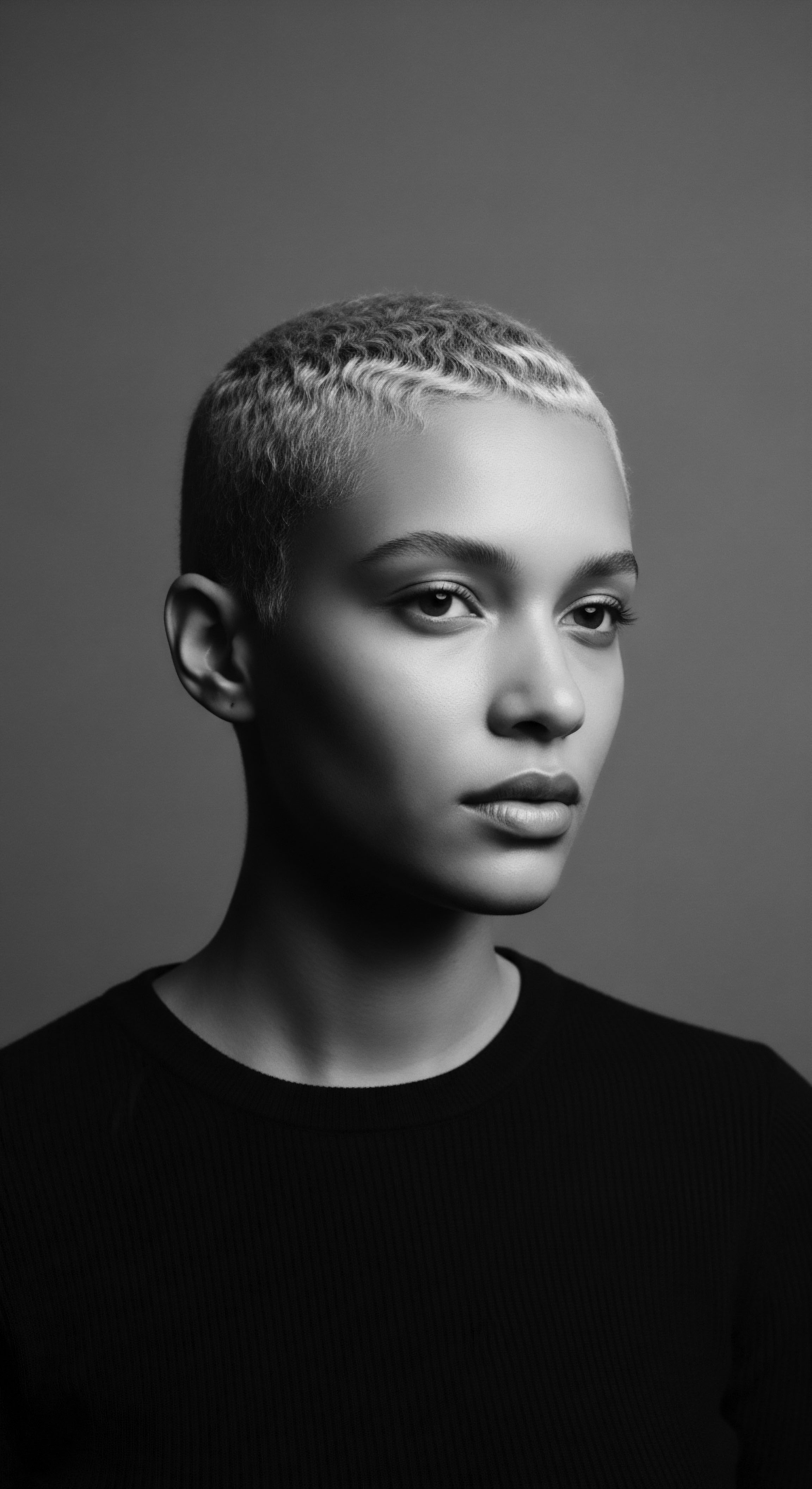
Roots
For those of us whose roots run deep into the soil of ancestral traditions, whose very strands carry the whispers of generations, understanding the historical significance of specific textured hairstyles is not merely an academic pursuit. It is a homecoming, a reclamation of narratives too long silenced or distorted. Consider the intricate patterns that crown a head of textured hair—each twist, each coil, each braid—a testament to ingenuity, resilience, and profound cultural continuity.
These styles are not fleeting trends; they are living archives, imbued with the spirit of those who came before us, a heritage etched into every curve of the hair shaft. They are echoes from the source, reminding us that the journey of textured hair is inextricably bound to the collective journey of Black and mixed-race peoples across continents and centuries.
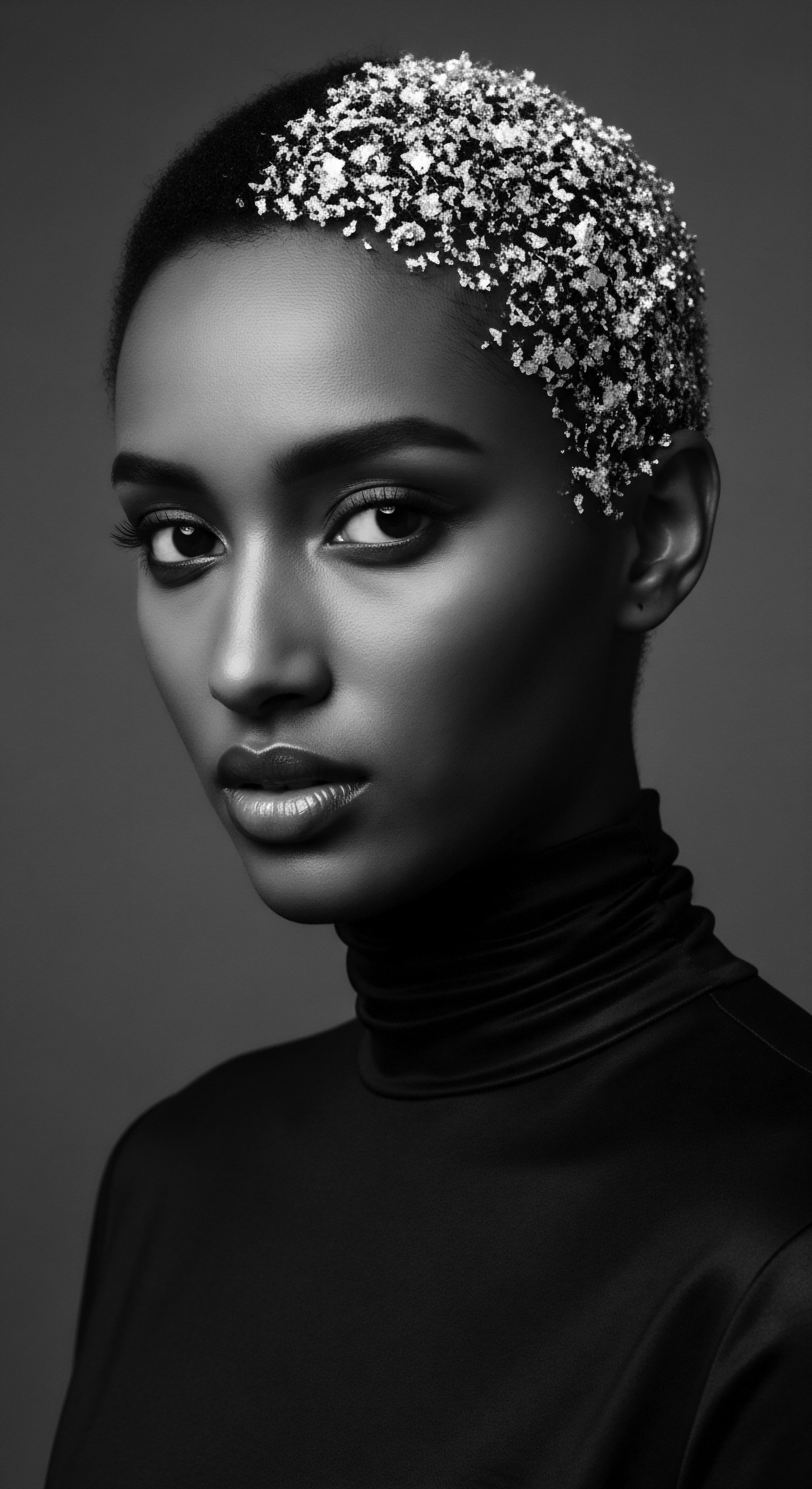
What do Specific Textured Hairstyles Reveal about Ancestral Life?
The origins of textured hairstyles stretch back into the mists of antiquity, long before written records captured their stories. Depictions of women with Cornrows, for instance, have been discovered in Stone Age paintings in the Tassili Plateau of the Sahara, dating back to at least 3000 BCE. These early forms were more than mere adornment; they were deeply embedded in the social fabric of ancient African civilizations. Hair acted as a profound visual language, conveying a wealth of information about an individual’s identity.
A person’s hairstyle could indicate their family background, tribe, age, marital status, religious beliefs, wealth, and even their rank within the community. For example, men of the Wolof tribe in Senegal would braid their hair in particular ways to signify preparation for war.
Ancient Egyptians, too, held hair in high esteem, recognizing its symbolic power and aesthetic appeal. Both men and women wore elaborate braided styles, often enhanced with gold thread, beads, and jewels, reflecting their social status and prominence. The sarcophagus of Princess Kawit, dating to 2050 BCE, shows her hair being styled by a servant, with wigs often constructed from braided human hair, wool, or palm fibers set on a thick skullcap. This rich historical backdrop establishes textured hair as a central pillar of identity and communication across diverse African societies.
Textured hairstyles are not merely aesthetic choices; they are living historical documents, communicating layers of identity, status, and communal narratives.
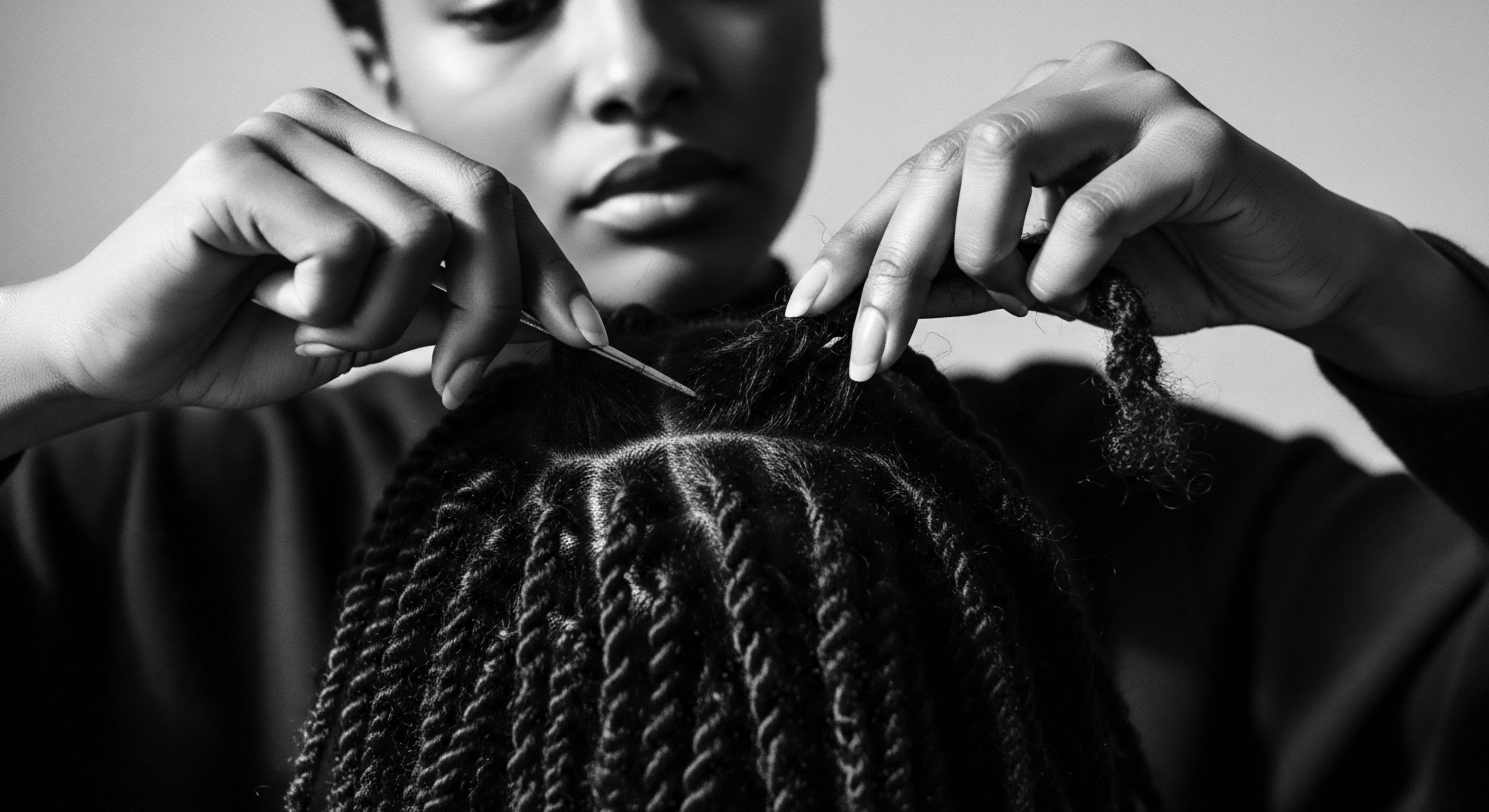
How does Textured Hair Biology Shape Its Heritage?
The unique anatomical structure of textured hair is, in itself, a heritage. Unlike straight hair, which typically grows from round follicles, kinky or coily hair emerges from oval-shaped follicles, leading to its characteristic tight curls and volume. This inherent curl pattern, while beautiful, also means textured hair tends to have fewer cuticle layers and more exposed cuticles, making it prone to dryness and breakage if not cared for with intention. This biological reality directly influenced ancestral practices, giving rise to methods that prioritized moisture retention and protection.
Ancestral communities understood these intrinsic qualities of textured hair long before modern science articulated them. Their practices, passed down through generations, were often sophisticated responses to the hair’s natural inclinations. The use of natural oils, butters, and specific braiding techniques were not arbitrary; they were honed through observation and deep understanding of the hair’s needs, demonstrating an early form of holistic hair science. These foundational care rituals, born from a harmony of observation and inherited wisdom, laid the groundwork for the enduring heritage of textured hair care.
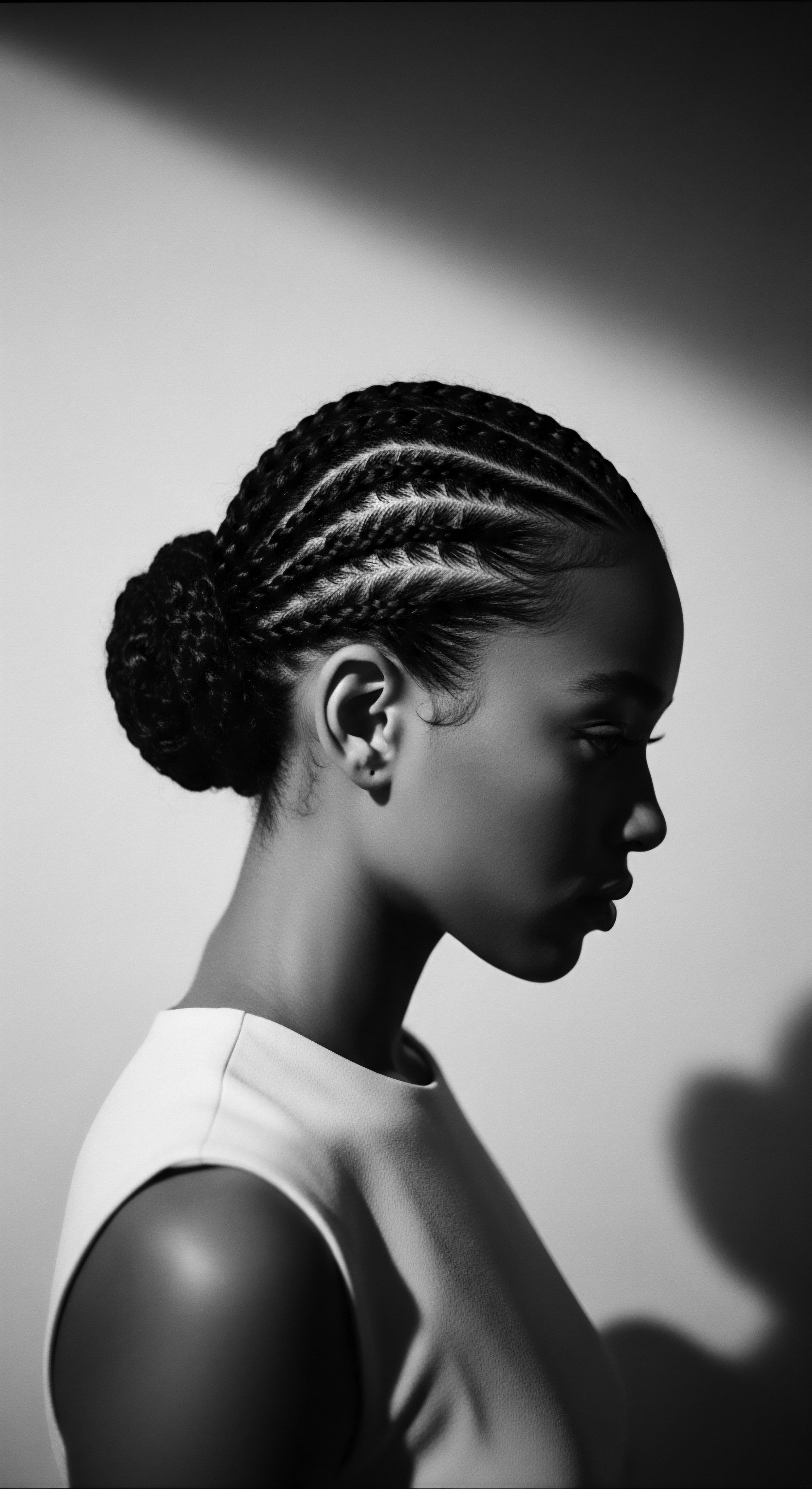
Ritual
Stepping into the realm of ritual, we acknowledge the profound practical knowledge and communal spirit that shaped the heritage of textured hairstyles. For those who seek to understand not just the ‘what’ but the ‘how’ and ‘why’ behind these styles, this exploration offers a pathway into the living traditions that continue to sustain us. It is a journey into the hands that braided, twisted, and adorned, into the spaces where stories were shared, and into the quiet moments of care that transcend time. These are not static historical artifacts; they are dynamic practices, evolving yet anchored by a deep respect for ancestral wisdom and the enduring power of community.
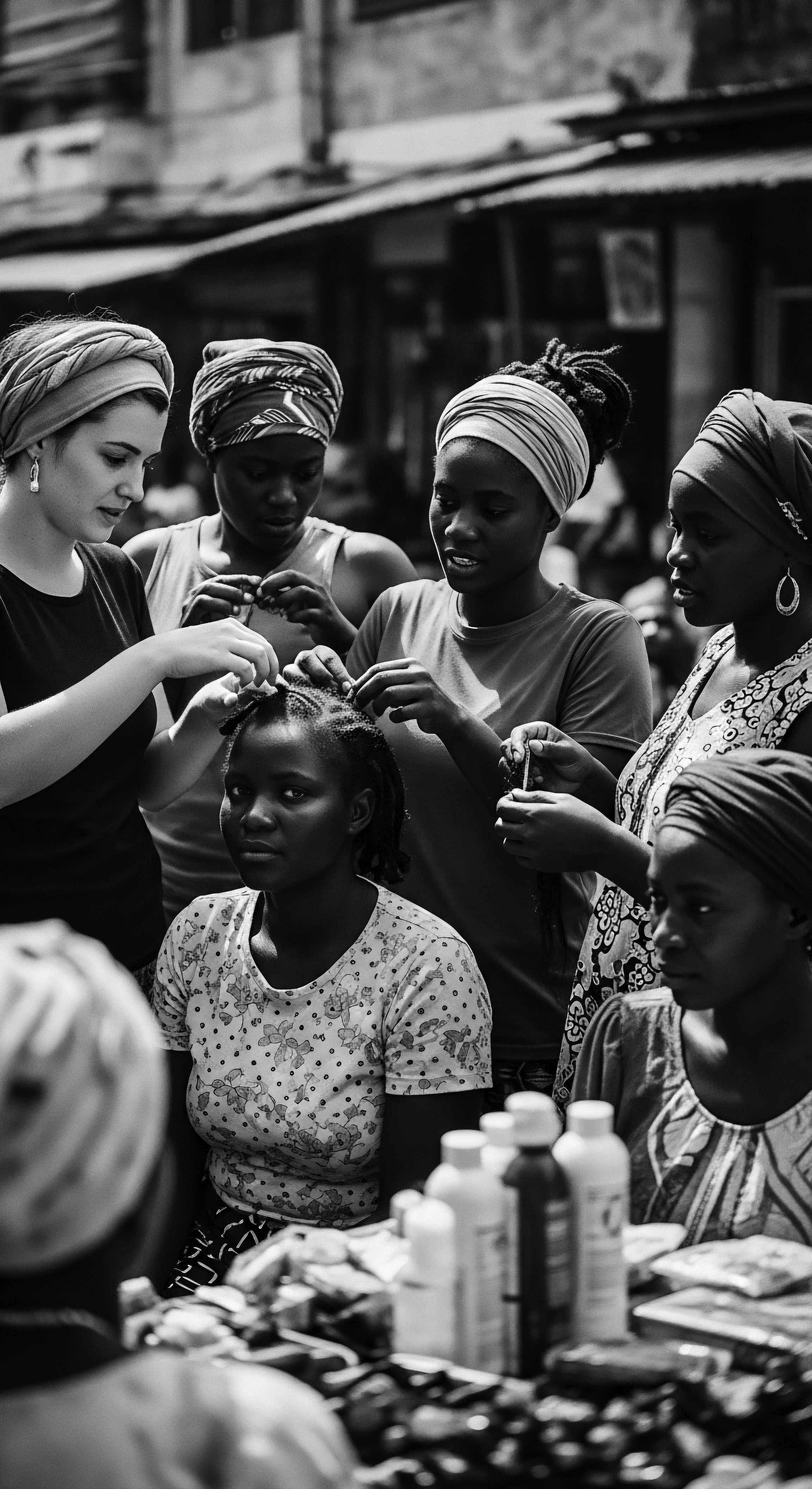
How Did Traditional Styling Techniques Preserve Hair and Culture?
The act of styling textured hair, particularly braiding and twisting, was often a communal practice, fostering social bonds and serving as a means to transmit cultural traditions from one generation to the next. In many African societies, the time spent on intricate styling sessions was dedicated to bonding with family and friends. These practices were not only aesthetic but also deeply practical, designed to protect the hair from environmental elements and maintain its health.
Consider the Cornrow, a style whose name in colonial America reflected the agricultural fields enslaved people worked. Before this, in Yoruba (Nigeria), the style was likely called ‘kolese,’ meaning “a creature without legs,” or ‘Irun Didi’ (Irun meaning hair, Didi being the style’s name). This style, with its tight braids laid close to the scalp, served multiple purposes during the transatlantic slave trade. Enslaved people used cornrows to keep their hair manageable under harsh conditions and, critically, as a covert form of communication.
Specific patterns in cornrows could create coded messages, map escape routes, or even indicate safe houses along the Underground Railroad. There are accounts of enslaved women braiding rice and seeds into their hair, not only smuggling grains from Africa but also providing a source of food if they managed to escape. This powerful historical example illustrates how a specific textured hairstyle became a tool of survival and resistance, deeply interwoven with the heritage of a people striving for freedom.
Beyond cornrows, other styles held similar weight. Bantu Knots, with roots tracing back to the Bantu-speaking communities of Southern West Africa, served as both a practical way to manage hair and a marker of identity. African hair threading, known as “Irun Kiko” among the Yoruba people of Nigeria since at least the 15th century, was a method to stretch hair and retain length, protecting it from breakage. These techniques, whether for daily wear or ceremonial occasions, underscore a sophisticated understanding of hair care and its role in communal life.
| Historical Purpose Communication ❉ Conveying social status, marital status, or tribal affiliation. |
| Contemporary Echoes Identity Affirmation ❉ A visual declaration of cultural pride and self-acceptance. |
| Historical Purpose Resistance ❉ Secretly conveying messages or escape routes during slavery. |
| Contemporary Echoes Defiance of Eurocentric Norms ❉ Challenging conventional beauty standards and workplace discrimination. |
| Historical Purpose Protection ❉ Shielding hair from environmental damage and maintaining health. |
| Contemporary Echoes Hair Wellness ❉ Utilizing protective styles to retain moisture and length, minimizing manipulation. |
| Historical Purpose Community Building ❉ Shared braiding sessions fostering social bonds and knowledge transfer. |
| Contemporary Echoes Cultural Connection ❉ Continuing intergenerational practices, celebrating shared heritage. |
| Historical Purpose These roles highlight the enduring connection between textured hair practices and the heritage of Black and mixed-race communities. |
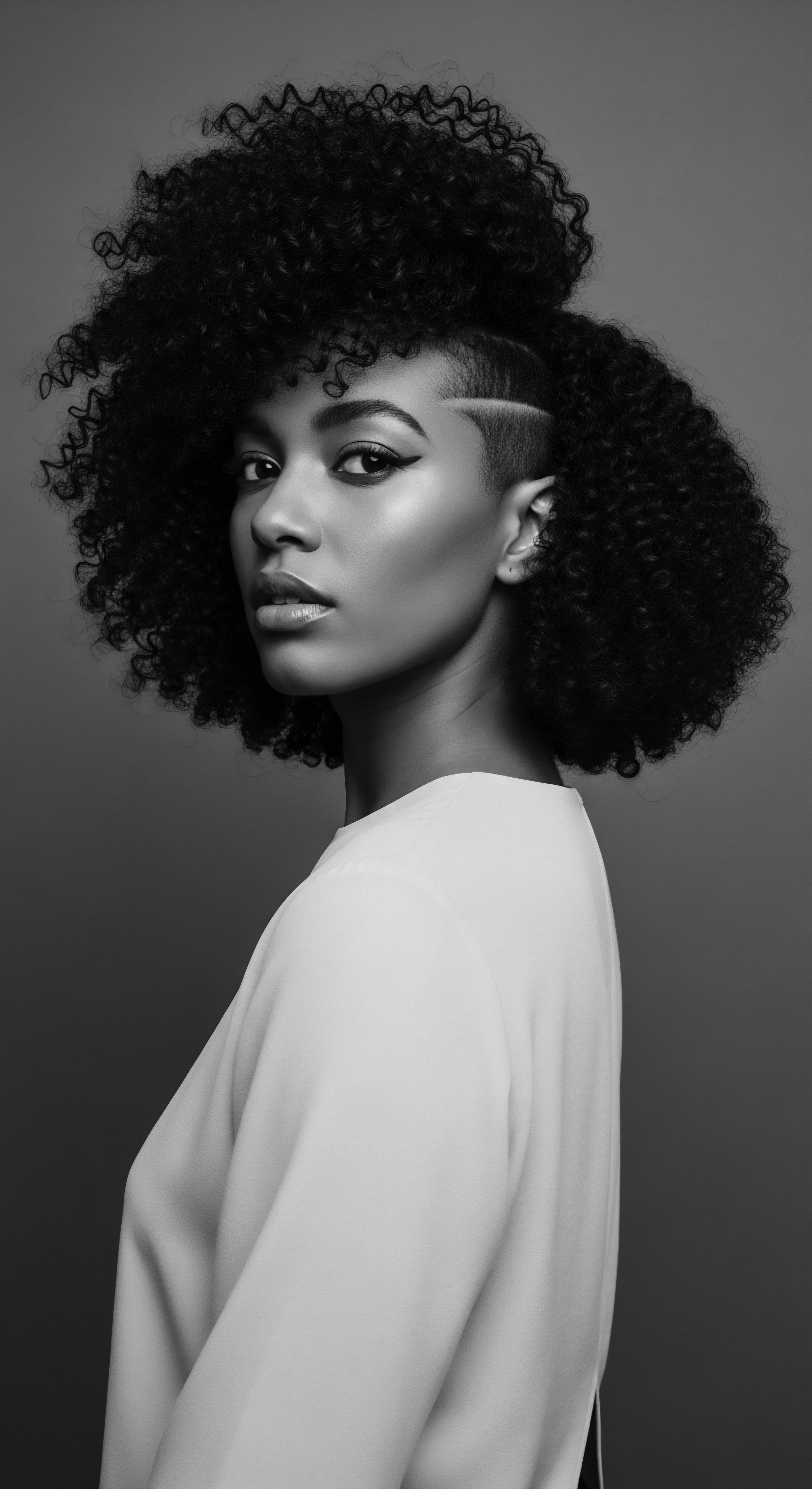
What Traditional Tools and Ingredients Were Essential for Hair Rituals?
The tools and ingredients used in ancestral hair rituals were often derived directly from the natural environment, reflecting a deep connection to the land and its offerings. Combs and picks, some dating back nearly 6000 years, were crafted from materials such as wood, bone, or metal. These implements were crucial for detangling and shaping hair, often with specific designs tailored to the unique characteristics of textured strands.
Natural oils and butters were the bedrock of ancestral hair care. Shea butter, coconut oil, and various animal fats were widely used to moisturize and protect hair from harsh conditions. The Himba tribe of Namibia, for instance, has a long tradition of locking their hair using a mixture of ground ochre, goat hair, and butter.
These ingredients provided essential lubrication, sealed in moisture, and offered a protective barrier, allowing for the creation and maintenance of complex styles that could last for extended periods. The wisdom embedded in these choices speaks to a holistic understanding of hair health, where nature provided both the nourishment and the means for expression.
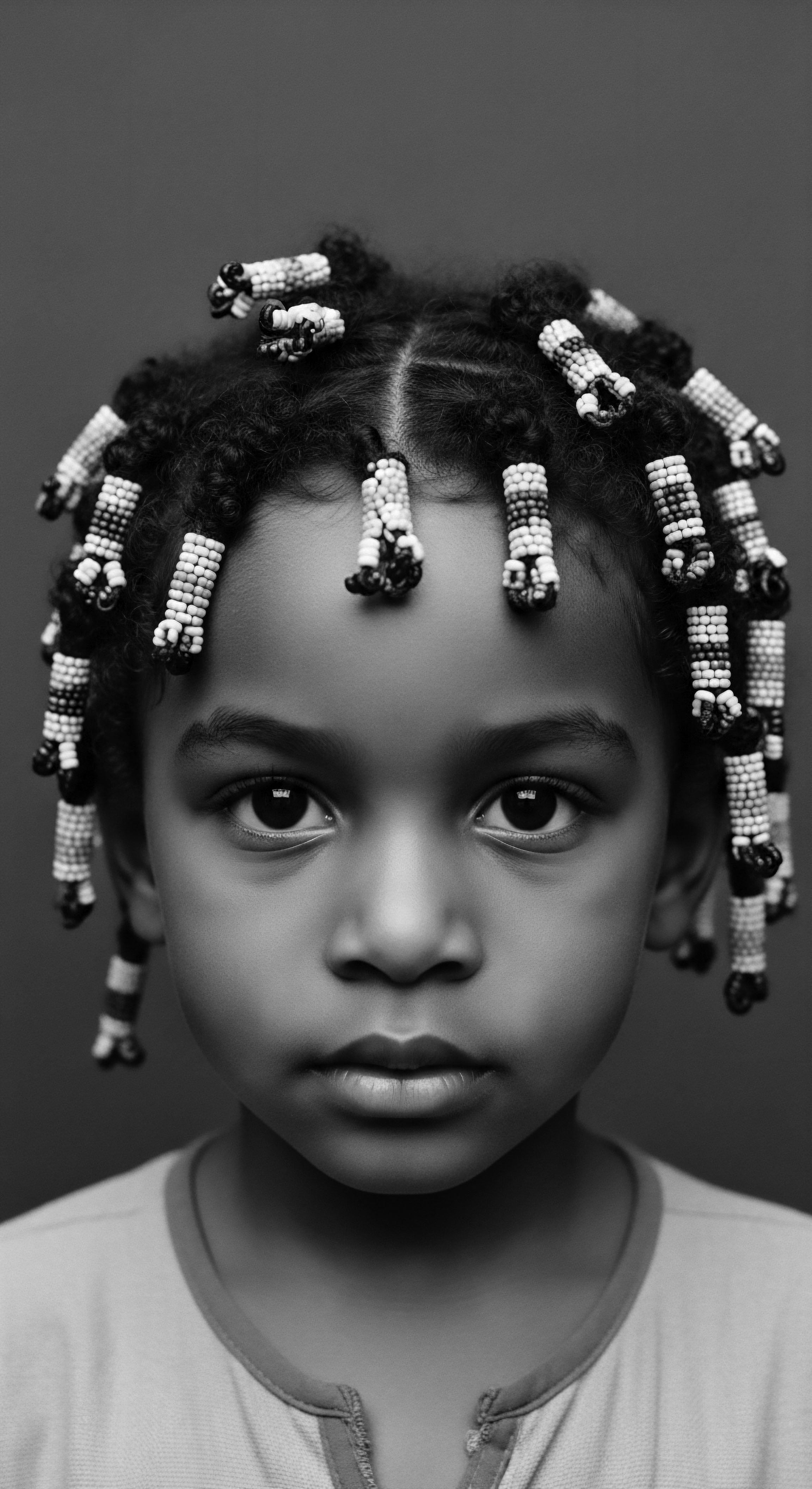
Relay
As we move into the “Relay” of textured hair’s story, we consider the profound and often challenging interplay between ancestral practices, societal pressures, and the ongoing assertion of identity. How do the historical currents of discrimination and resilience shape our contemporary understanding of textured hairstyles? This section invites a deeper contemplation, examining how the very act of wearing specific styles has been, and continues to be, a declaration—a bridge between past struggles and future aspirations, deeply rooted in a rich cultural heritage.
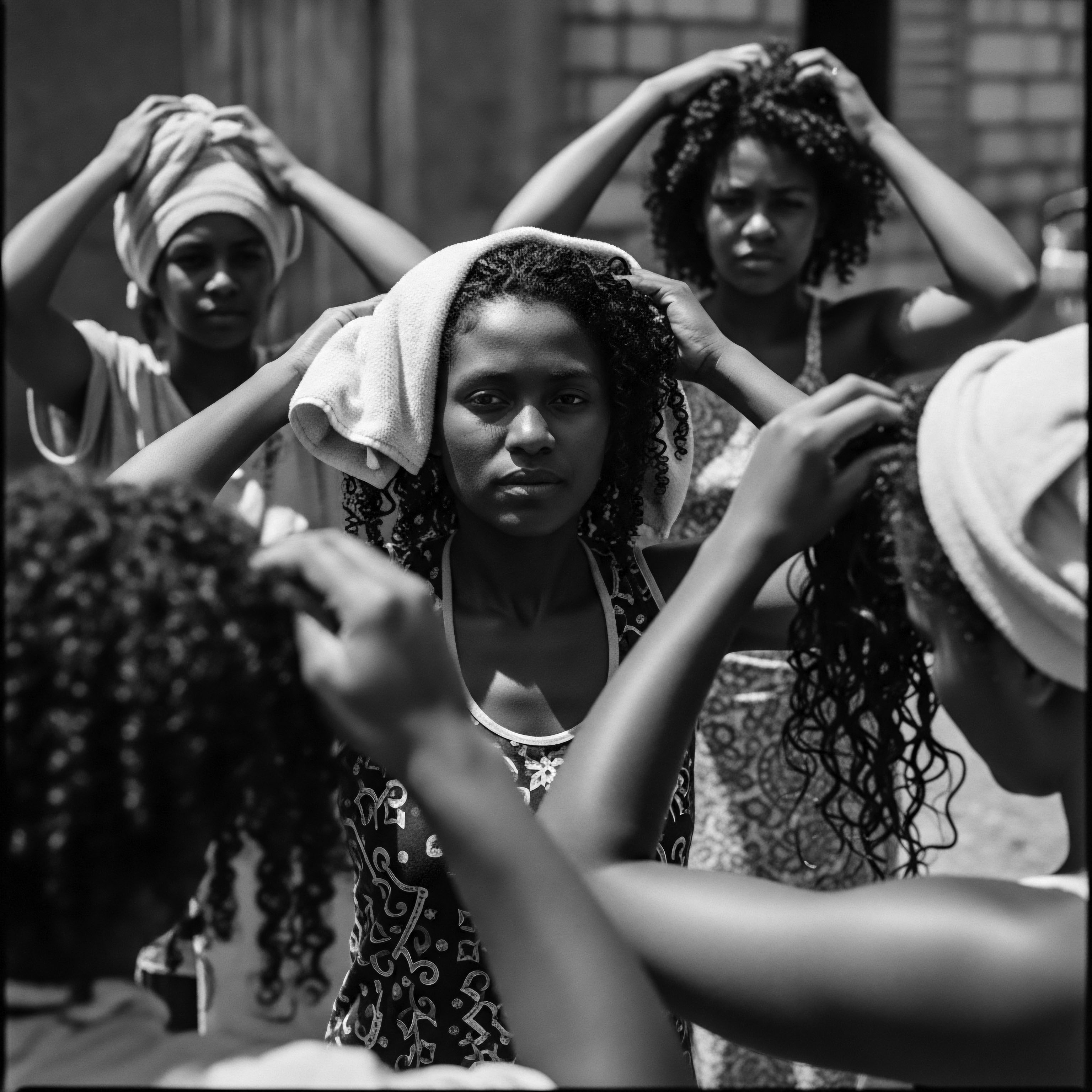
How Have Textured Hairstyles Been Symbols of Resistance and Liberation?
The journey of textured hair through history is marked by periods of immense struggle and profound acts of resistance. During the transatlantic slave trade, when millions of Africans were forcibly removed from their homelands, slave owners often shaved the heads of their captives. This brutal act was a deliberate attempt to strip individuals of their cultural identity and sever their connection to their heritage. Yet, even under such oppressive conditions, the spirit of resistance persisted.
One powerful instance of this defiance is the Tignon Law of 1786 in Louisiana, which mandated that free Black women cover their hair with a knotted headdress or tignon. Historians suggest this law was enacted to control Black women and prevent them from “competing” with white women for status, particularly as their elaborate hairstyles were drawing attention. However, these women often subverted the law by tying their tignons in elaborate and decorative ways, transforming a symbol of oppression into an expression of their resilience and unique style. This historical example showcases the inherent power of hair as a site of self-expression and quiet rebellion.
The Afro, a style that took prominence during the Civil Rights Movement of the 1960s and 1970s, stands as another potent symbol of resistance. At a time when natural Black hair was often looked down upon by white society, and many African Americans straightened their hair to conform to Eurocentric beauty standards, the Afro became a powerful assertion of Black identity and pride. It embodied the “Black is Beautiful” movement, encouraging Black people to embrace their natural hair as a political statement and a reclaiming of their roots. Figures like Angela Davis popularized the Afro as a symbol of activism and a rejection of assimilation.
Similarly, Locs, often associated with 20th-century Jamaican and Rastafarian culture, carry deep historical and spiritual significance. While ancient Egyptians and other cultures wore similar styles, the Rastafarian movement, emerging in Jamaica in the 1930s, popularized locs as a spiritual and cultural statement, a rejection of Western beauty standards, and an emblem of Black pride and resistance against oppression.
- Cornrows ❉ Ancient African origins, used for communication and survival during slavery, symbolizing resistance and strength.
- Afro ❉ A powerful symbol of Black pride and identity during the Civil Rights Movement, rejecting Eurocentric beauty standards.
- Locs ❉ Deep spiritual and cultural roots, popularized by the Rastafarian movement as a symbol of identity, resistance, and connection to African heritage.
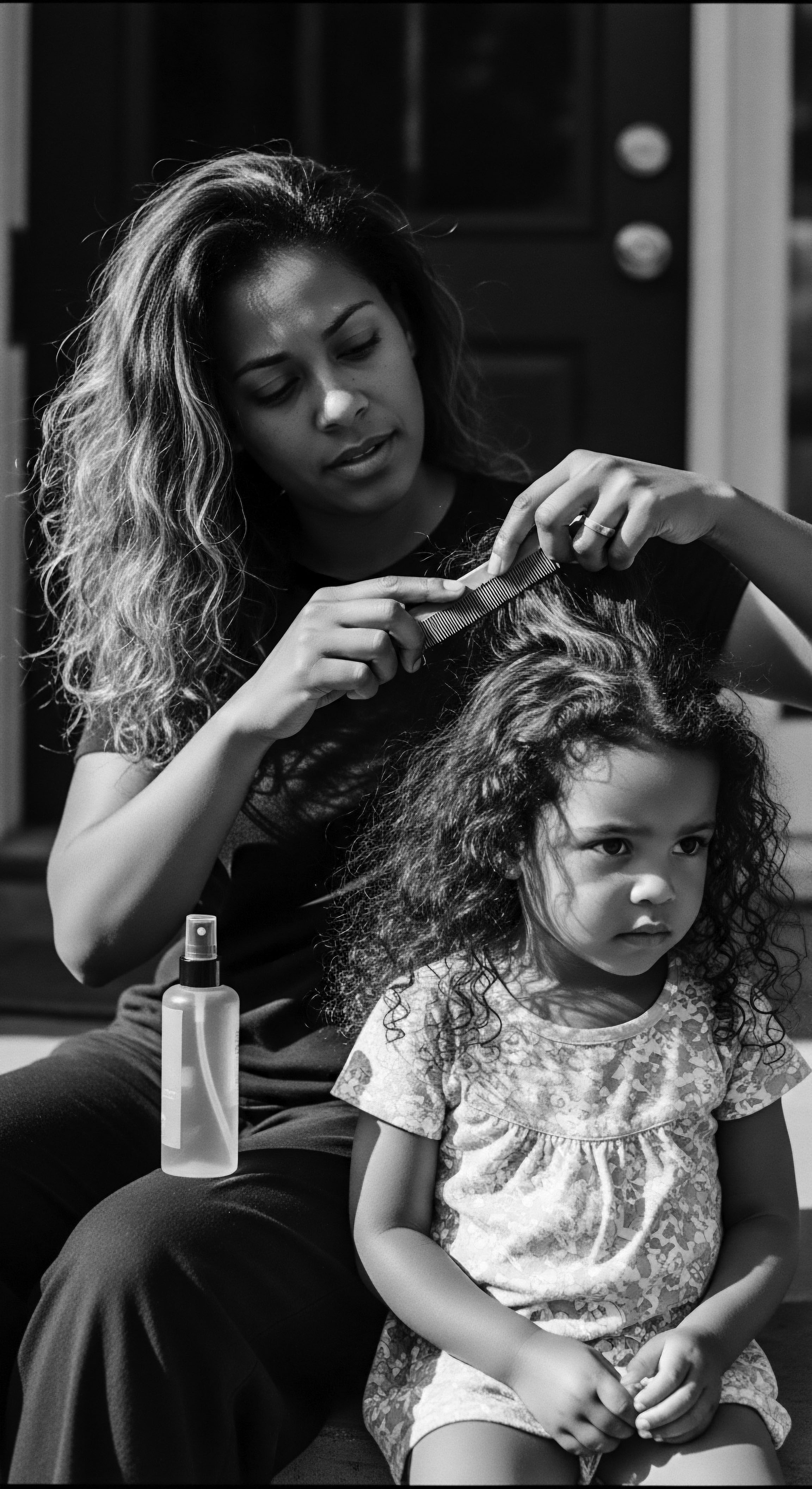
How does Modern Science Intersect with Ancestral Hair Knowledge?
The dialogue between modern hair science and ancestral wisdom presents a compelling space for understanding. While ancient communities may not have had microscopes to examine hair follicles, their practices often yielded results that modern science can now explain. For example, the emphasis on protective styles like braids and twists in ancestral practices aligns with contemporary scientific understanding of how to minimize manipulation and retain length for textured hair. These styles reduce exposure to environmental stressors and prevent breakage, thereby supporting healthy hair growth.
The traditional use of natural ingredients such as shea butter and various plant oils, now recognized for their moisturizing and sealing properties, provides a clear link between historical practices and current scientific understanding of hair hydration. Ancestral communities intuitively understood the needs of textured hair, developing regimens that addressed its unique characteristics. Modern trichology can validate the efficacy of these time-honored methods, showing how deep knowledge of the hair’s structure and behavior, gained through generations of lived experience, laid the groundwork for effective care. This convergence highlights that the scientific principles of hair health are not new discoveries but rather a formal articulation of wisdom passed down through centuries.
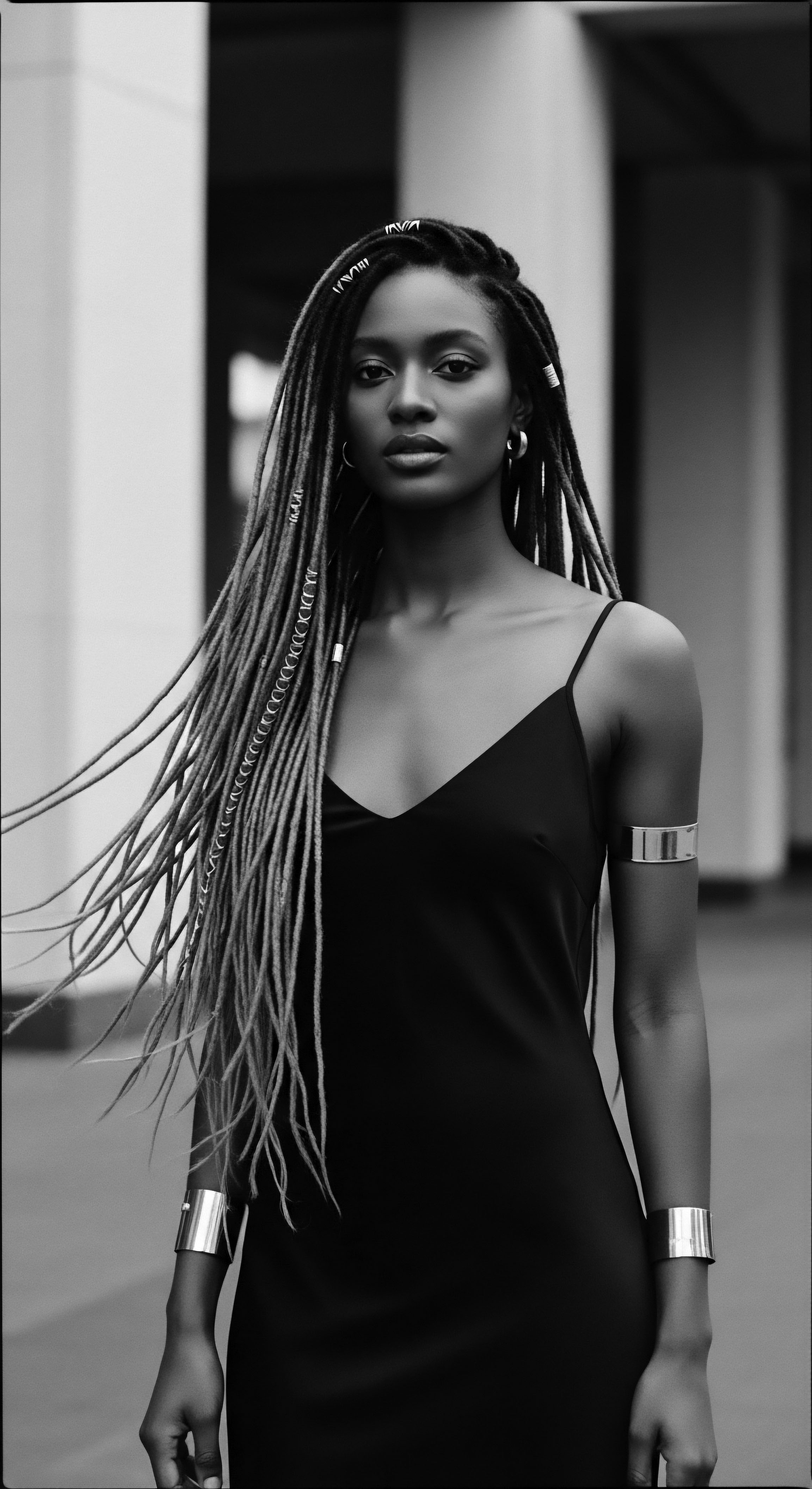
Reflection
The journey through the historical significance of specific textured hairstyles reveals a living, breathing archive, etched into the very fabric of identity and heritage. From the ancient Sahara’s rock paintings to the defiant Afros of the Civil Rights era, each coil and braid tells a story of survival, communication, and profound cultural continuity. Textured hair, in its myriad forms, has always been more than mere adornment; it has been a canvas for ancestral wisdom, a silent language of resistance, and a vibrant declaration of self. To understand its history is to honor the ingenuity and resilience of those who shaped its traditions, ensuring that the soul of a strand continues to resonate across generations, a luminous thread connecting past, present, and future.
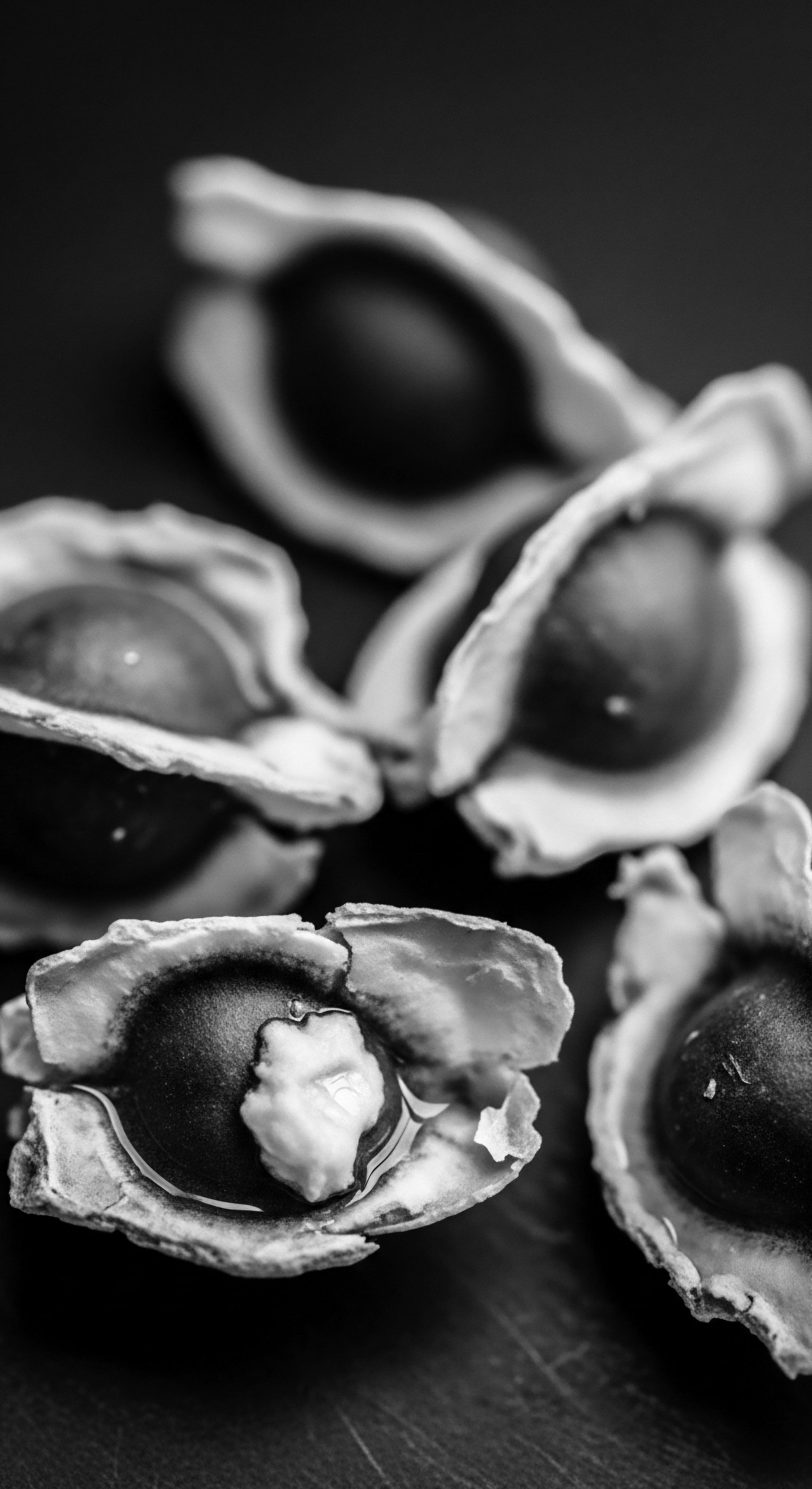
References
- Ashe, B. (2001). Twisted ❉ My Dreadlock Chronicles. One World/Ballantine.
- Byrd, A. & Tharps, L. (2001). Hair Story ❉ Untangling the Roots of Black Hair in America. St. Martin’s Press.
- Chimbiri, K. N. (2021). The Story of Afro Hair. Scholastic.
- Dabiri, E. (2020). Twisted ❉ The Tangled History of Black Hair Culture. Harper Perennial.
- Patton, T. O. (2006). “Hey Girl, Am I More Than My Hair?” Communication Studies, 57(3), 321-342.
